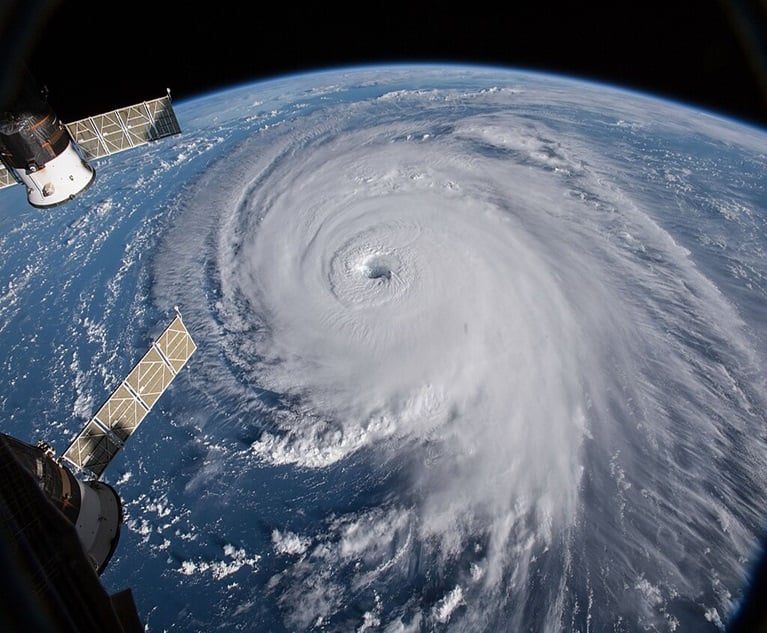 While seasonal hurricane forecasts are skillful, they are also far from perfect. This is a look at Hurricane Florence in 2018 as viewed from International Space Station. (NASA Goddard Space Flight Center/Wikipedia Commons)
While seasonal hurricane forecasts are skillful, they are also far from perfect. This is a look at Hurricane Florence in 2018 as viewed from International Space Station. (NASA Goddard Space Flight Center/Wikipedia Commons)
Seasonal predictions for the 2024 Atlantic Hurricane season indicate it could be one of the most active hurricane seasons on record. Colorado State University, a leading hurricane season forecaster, has raised their latest forecast, issued in July, to 25 named storms. If this forecast proves accurate, this would put the 2024 hurricane season in rare company, with only the 2005 and 2020 seasons recording 25 or more named storms.
Recommended For You
Want to continue reading?
Become a Free PropertyCasualty360 Digital Reader
Your access to unlimited PropertyCasualty360 content isn’t changing.
Once you are an ALM digital member, you’ll receive:
- Breaking insurance news and analysis, on-site and via our newsletters and custom alerts
- Weekly Insurance Speak podcast featuring exclusive interviews with industry leaders
- Educational webcasts, white papers, and ebooks from industry thought leaders
- Critical converage of the employee benefits and financial advisory markets on our other ALM sites, BenefitsPRO and ThinkAdvisor
Already have an account? Sign In Now
© 2025 ALM Global, LLC, All Rights Reserved. Request academic re-use from www.copyright.com. All other uses, submit a request to [email protected]. For more information visit Asset & Logo Licensing.





